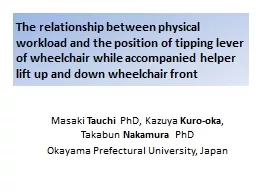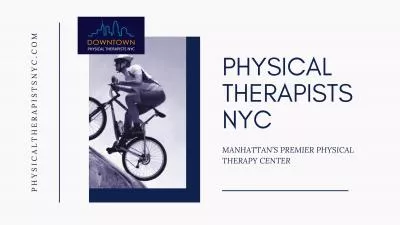PPT-The relationship between physical workload and the position
Author : ellena-manuel | Published Date : 2017-03-27
Masaki Tauchi PhD Kazuya Kurooka Takabun Nakamura PhD Okayama Prefectural University Japan INTRODUCTION Because of Aged Society the use of manual wheelchairs
Presentation Embed Code
Download Presentation
Download Presentation The PPT/PDF document "The relationship between physical worklo..." is the property of its rightful owner. Permission is granted to download and print the materials on this website for personal, non-commercial use only, and to display it on your personal computer provided you do not modify the materials and that you retain all copyright notices contained in the materials. By downloading content from our website, you accept the terms of this agreement.
The relationship between physical workload and the position: Transcript
Download Rules Of Document
"The relationship between physical workload and the position"The content belongs to its owner. You may download and print it for personal use, without modification, and keep all copyright notices. By downloading, you agree to these terms.
Related Documents














